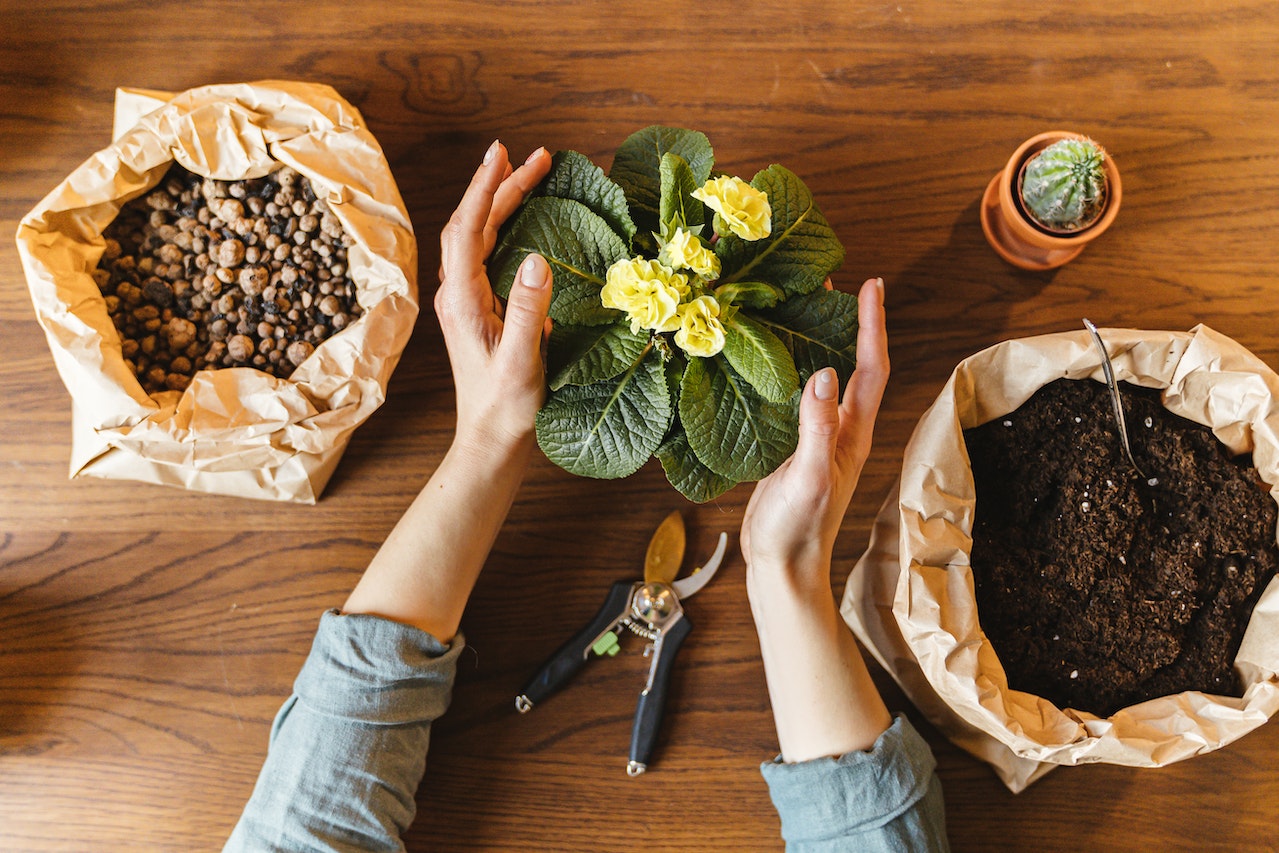Everything You Need to Know About Grow Bag Gardening

If you are thinking about using a grow bag for your gardening needs, then you have come to the right place. There are a number of things that you can do to ensure that your grow bags remain in good working order. These include drainage, mobility, clay pebbles, and mulch.
Fabric grow bags
Using fabric grow bags is an easy way to enhance your garden. These containers have several benefits, including superior drainage and aeration.
Unlike traditional pots, these bags are lightweight and mobile. Most have handles for easier handling. They also feature a clever air pruning system. This prevents root rot.
The most important thing about grow bags is their ability to absorb the most amount of water while ensuring that it doesn’t overflow. Some bags come with a drain hole so you can drain out the excess.
While these bags can be used for indoor gardening, they can be just as useful outdoors. In a hot climate, they can help keep your roots cool by absorbing the heat and releasing it at the source.
They can also be filled with flowers or other growing media. The best part about these growing mediums is that they don’t get crusted over or compacted, so your plant will have access to all the nutrients and water it needs.
Clay pebbles
Clay pebbles are a very common medium in hydroponic gardening. They are semi-porous and lightweight, which makes them very practical. Usually, they are used as a base layer. In addition, they are great for regulating moisture and aeration.
There are two types of clay pebbles. The first type is manufactured with the help of heated clay. This process is safe since there are no chemicals involved. Instead, the clay is enriched with minerals.
When these particles are heated, they ‘pop’ like popcorn. They then develop pores. These pores are very small. Some growers prefer to use pebbles that are of similar sizes.
Pebbles are ideal for hydroponic gardens and soilless setups. However, they have a few disadvantages.
If the growing medium is too heavy, plants will find it difficult to reach water. To avoid this, you may want to use a medium that is lighter.
Mulch
If you’re planting in a grow bag you may want to mulch the area. Mulching helps your plants by protecting them from disease and drought. It also prevents weeds and erosion.
There are many different types of mulch. A good organic mulch, like sawdust or shredded leaves, can provide some real benefits. These include aeration, insulation, and compaction resistance.
The best type of mulch is the one that is best for your specific crop. Some plants like acidic soil, while others thrive in an alkaline environment. You can use composted or uncomposted topsoil, or buy a mixture for your growing bag.
Another option is to use newspaper. Newspapers are great biodegradable weed suppressors, and can even help the soil.
The real secret to using newspaper is to soak the paper in water. This will make it stick together.
Drainage
Unlike plastic containers, grow bags are made from breathable fabric that allows air to get through. This helps prevent root entanglement. However, it means that the soil in grow bags dries out faster and may need more water.
To avoid this, use a drip irrigation system to water the plants. A timer will ensure that the water is released at the right times. The drip system also allows you to water multiple grow bags at once.
Some grow bags are designed with drainage holes that allow water to drain from the sides. This makes it easier for plants to get a proper amount of water. Alternatively, you can place the grow bag in a bed of gravel. If you choose this option, you should line the bottom of the grow bag with chunky perlite.
Mobility
Grow bag gardening is a method of growing plants using lightweight, eco-friendly fabric planter bags. It is a simple, inexpensive way to add color and nutrients to your garden without a lot of work.
The main benefit of grow bag gardening is that it allows you to choose what type of soil you want to use. You can also move your grow bags to different spots in the garden, or even to different seasons.
Another bonus is that you can attract pollinators to your garden, especially when you use specific plants. Many of these plants are adapted to specific climates, and can be harvested and stored for use throughout the year.
However, there are some downsides to grow bag gardening. One is that the soil is not always as pure as you might want. Some plants require more nitrogen or potassium, for example.